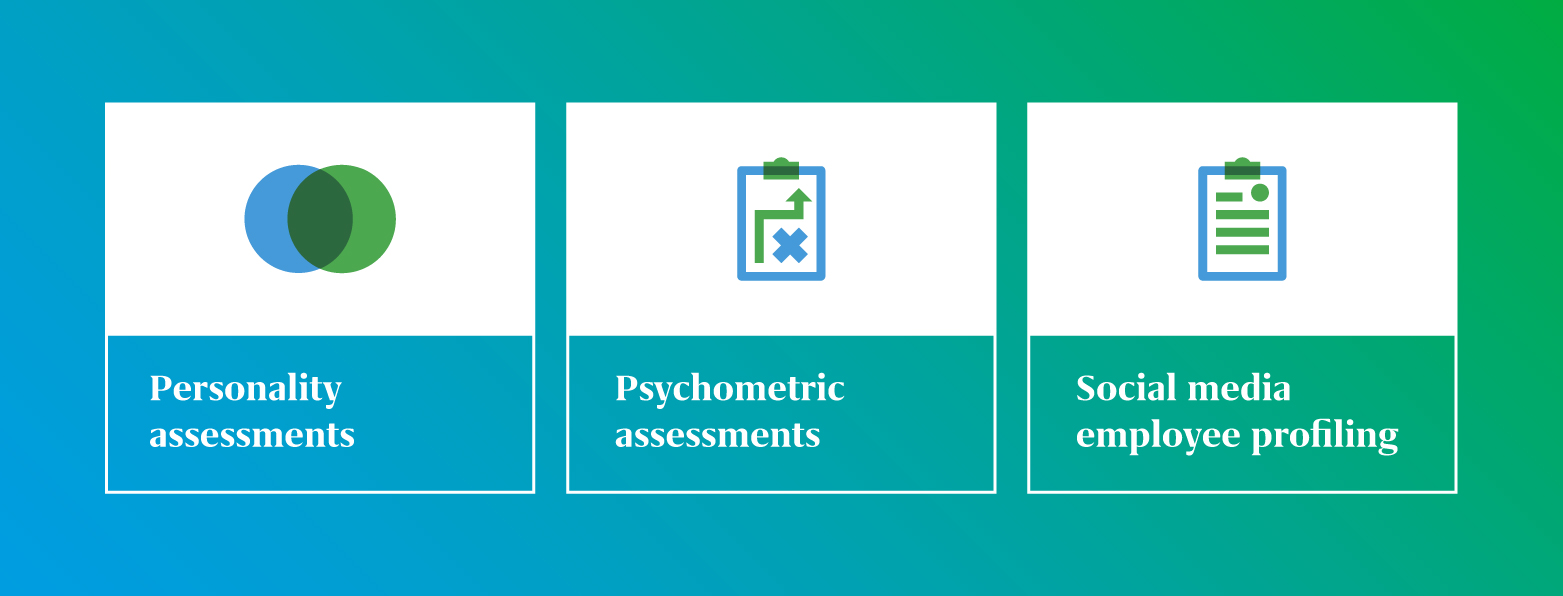During recruitment drives, gaining detailed information about candidates helps make accurate decisions. However, a comprehensive employee personality profile requires effort and time. Here are a few steps to make employee profiles:

Step 1: Understand business values and mission
Before creating employee profiles for different job roles, businesses need to understand their core values and mission. Identifying business motivators, long-term goals, and basic cultural needs is imperative.
For example, if a business values creativity and innovation and utilizes it to progress in the industry, then it should hire people who enjoy working on new ideas. These people should be enthusiastic about innovating and making valuable changes in existing processes.
Step 2: Identify current employee needs
After identifying the business mission and values, shortlist understaffed departments and teams that need quality employees. Evaluate open positions and explore why these job roles are difficult to fill. This will highlight challenges faced during the hiring and help analyze the following factors:
- Can these job roles be outsourced?
- Can the company hire a contractor for this work?
- Can a freelancer fulfill this seasonal demand?
Exploring a company’s job role requirements helps decide the type of employees needed for a specific employee profile.
Step 3: Create a clear job description
Job descriptions outline the skills and educational needs of a job role. Every company should prepare unique job descriptions based on their business needs. This helps include traits essential in employees, such as good communication, transferable skills, interpersonal skills, cognitive intelligence, etc.
Hiring managers should focus on the description’s language, formation, and information delivery. It should reflect the ideal employee profile and eliminate complexities.
Step 4: Assess skill sets for the role
One critical employee profiling aspect is assessing the skills needed for every position. Every position requires specific knowledge, expertise, and years of experience.
For example, when hiring a sales manager, the requirement is that of professionals with ten years of sales experience, strong communication skills, and negotiation power. This can also include skills like strong work ethics, learning eagerness, etc.
Step 5: Utilize pre-employment tests
Once the job description has been created and posted, applicants will begin reaching out. At this stage, sending pre-employment assessments helps shortlist candidates according to the chosen criteria.
Mercer | Mettl’s pre-employment tests gauge candidates’ coding skills, cognitive intelligence, personality traits, behavioral tendencies, communication skills, and domain-specific knowledge. These tests offer concrete insights into candidates’ on-the-job performance and skills.
Step 6: Interview the suitable candidates
After conducting pre-employment tests, only interview the candidates that are suitable for the role. Candidates who have passed these tests should be moved to the next stage of interviews, which includes:
- A phone interview to understand the candidate better.
- An HR round to negotiate the candidate’s requirements.









 Behavioral Competencies
Behavioral Competencies Cognitive Competencies
Cognitive Competencies Coding Competencies
Coding Competencies Domain Competencies
Domain Competencies































Would you like to comment?